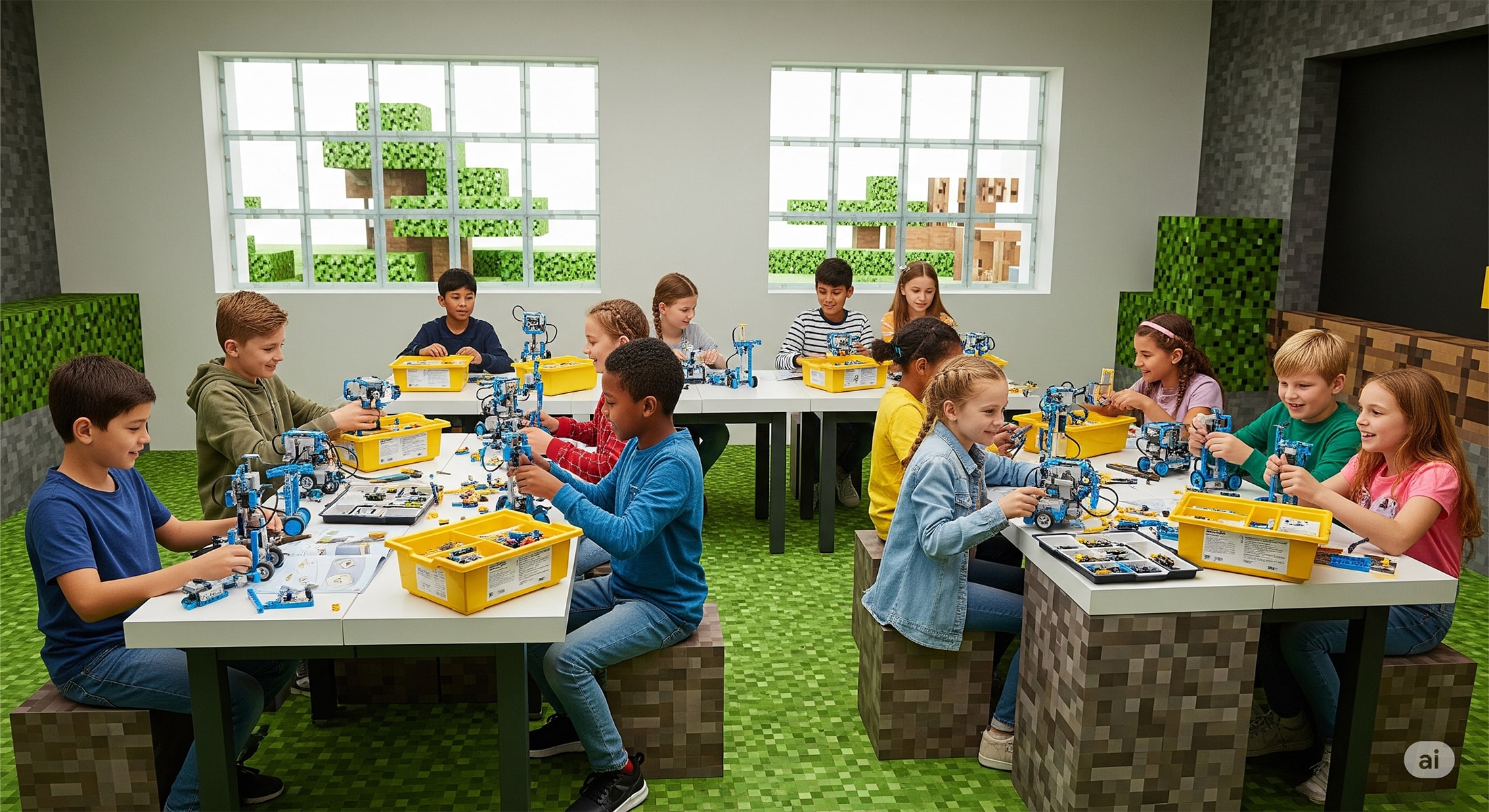
Weekend сlasses
for kids from 6 to 10 years old
Mechanics for Beginners
Age group: 6 – 7 years old
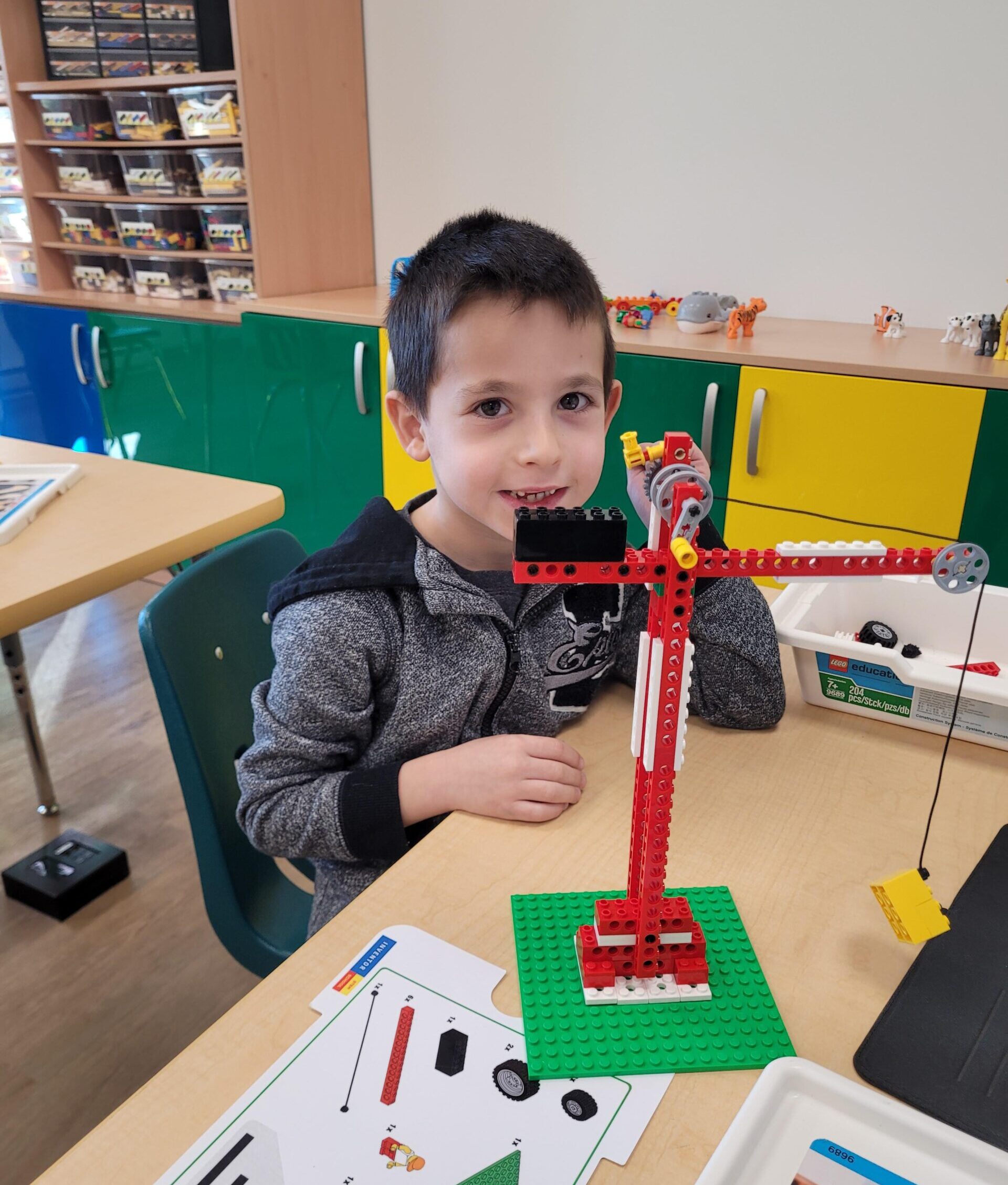
What we study:
This course introduces children to core concepts of mechanics through building mechanical prototypes. Students explore everyday machines such as elevators and cranes, learning how different components work together to create motion.
What we achieve:
Children develop fine motor skills and precision while handling many small LEGO® pieces of different shapes, sizes, and colors. They learn the basics of motion, simple mechanisms, and transmission types (gears, levers, pulleys, cranks, and more). Through hands-on building and guided discussions, they strengthen problem-solving, critical thinking, creativity, teamwork, and confidence.
A look into the class:
Each week features a new theme. For example, during an “Elevator” class, students examine how it works, its history, and the key parts that enable movement. They not only build the model but also assemble the internal mechanisms that make it move. After building, they experiment with the mechanism—testing how changes affect its motion—and record their observations. Step-by-step iPad instructions guide the build, while the teacher provides support, answers questions, and encourages discussion and reflection.
Robotics for Beginners: Spike Essential
Age group: 7 – 8 years old
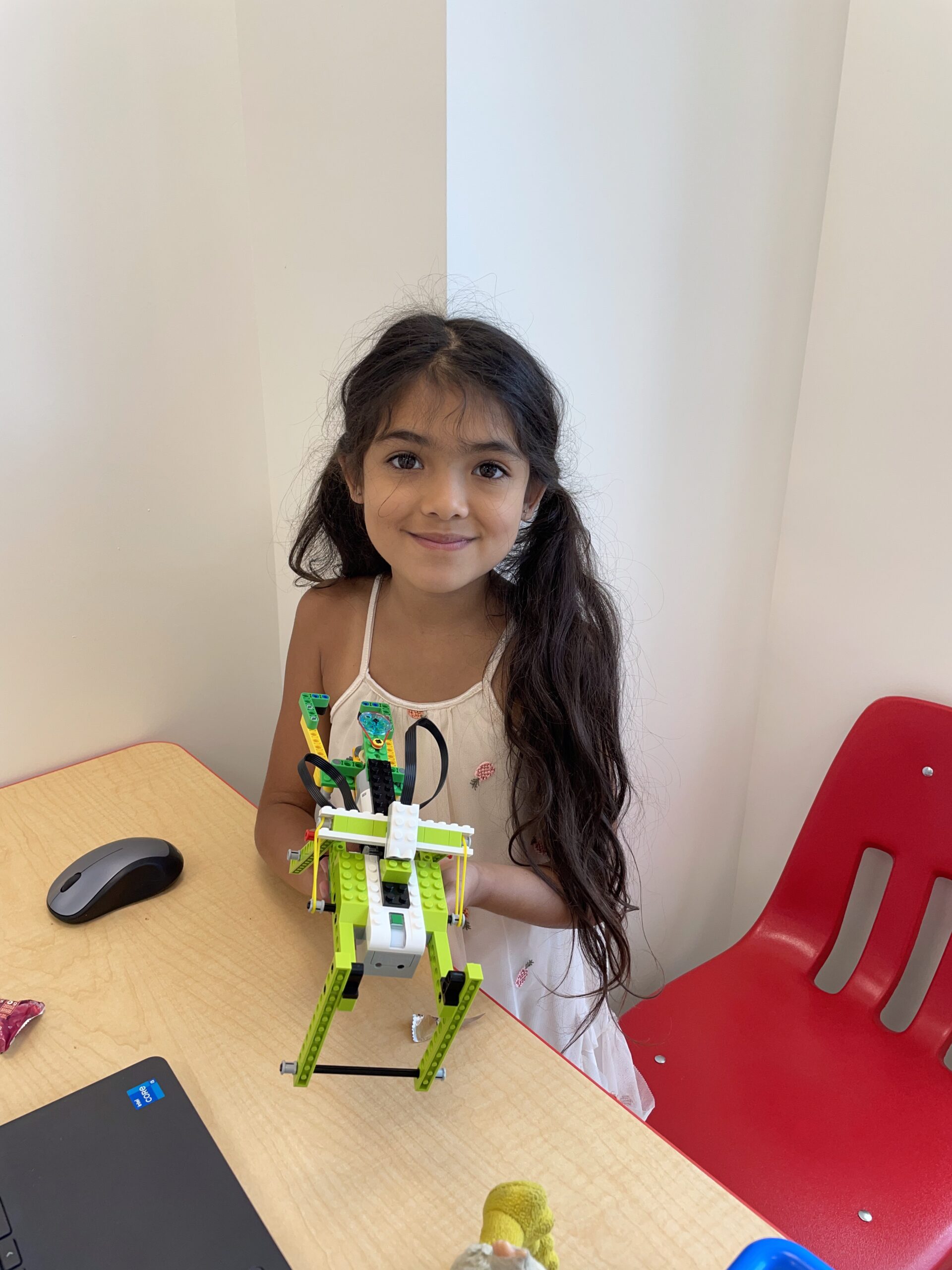
What we study:
Children learn foundational skills in robot building, programming, mechanics, and technology. They explore concepts like commands, loops, sensors, microprocessors, and basic mechanics through themed projects such as animal robots, transport, and attractions. The key learning approach encourages curiosity with a “What if?” mindset, where children experiment, test theories, and aren’t afraid to make mistakes.
What we achieve:
Children gain essential knowledge of technology, mechanics, computer science, and programming. They become comfortable with technical concepts and terminology and develop teamwork skills. By the end of the course, students are able to independently design, build, program, and present their own robot projects.
A look into the class:
Each session begins with an engaging presentation on the day’s topic, followed by collaborative building where students create LEGO-based robot models. For example, in the Ferris Wheel lesson, children build a robot named Willy, program it to spin and stop cabins safely, add color sensors, and label components in their notebooks — all while learning about the world’s tallest Ferris wheel in Dubai.
Smart Robotics: Spike Essential
Age group: 8 – 9 years old
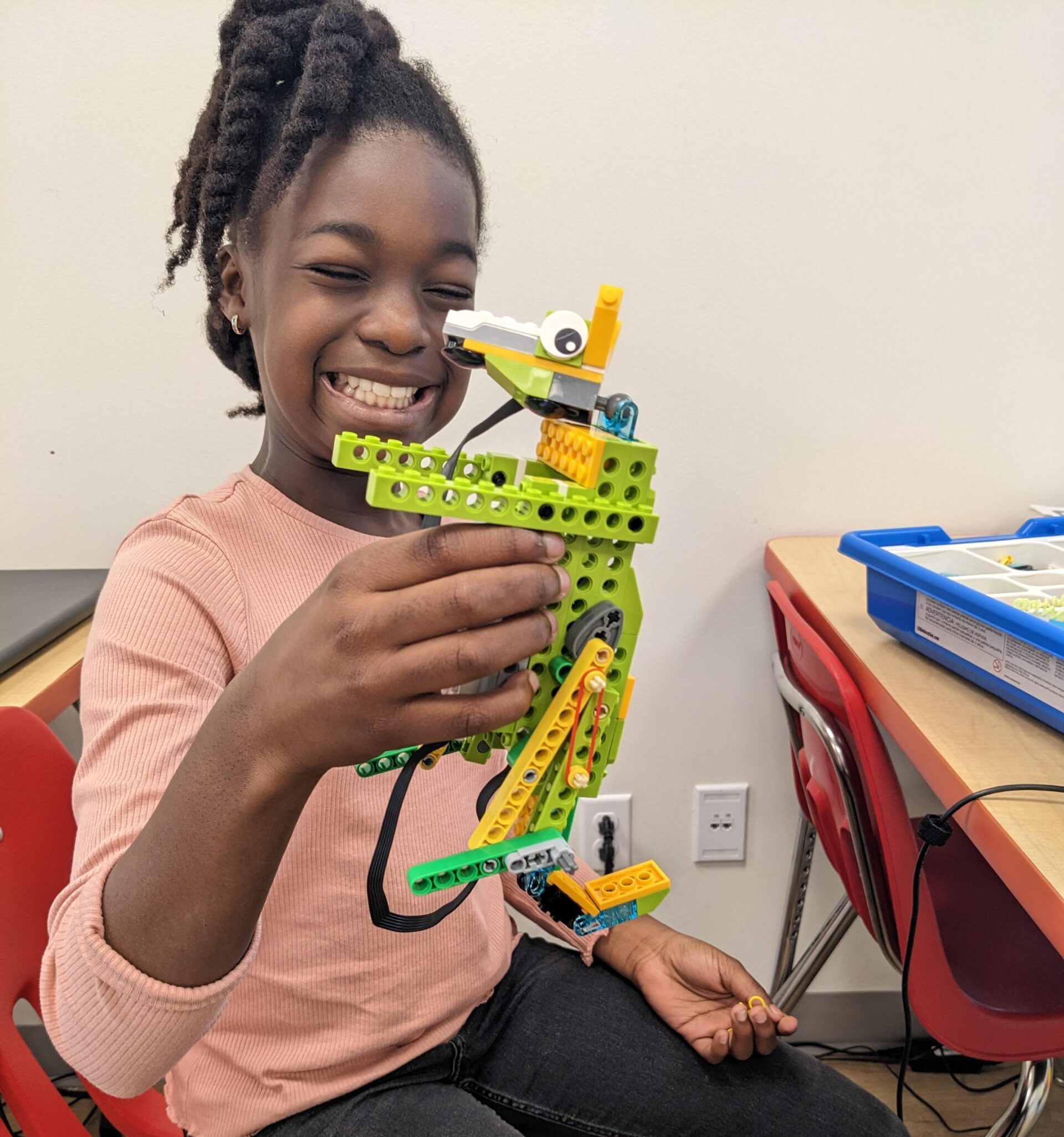
What we study:
In this course, students dive into the exciting world of robotics through the SMART learning model, which combines Science, Math, Art, Research, and Technology. They learn scientific concepts by building and programming functional models such as a lighthouse to explore light, or a guitar to understand sound. Lessons include math and logic tasks, creative robot projects inspired by movies or professions, hands-on experiments, and an introduction to how real tech like sensors and motors function.
What we achieve:
By the end of the course, students develop a strong foundation in robotics, mechanics, programming, and scientific thinking. Children build teamwork by working in pairs on collaborative challenges, learning to share responsibilities, solve problems together, and communicate effectively. Most importantly, students experience the joy of discovery and the confidence that comes with building and programming their own robots to complete meaningful tasks.
A look into the class:
Each session begins with an engaging and interactive presentation where students are introduced to the lesson theme—for example, how agricultural robots are used in modern farming to help grow crops like potatoes or olives.The teacher explains how robots assist in monitoring plant health, harvesting, or watering. Students then build and program a robot agronomist using the LEGO Spike Essentials kit. As part of the challenge, they design a robot that reacts to colored bricks: red means the fruit is ripe, yellow indicates the plant needs water, and green signals a need for fertilizer. They also record custom audio messages and test if their robot responds correctly, blending play with learning every step of the way.
Programming with Spike Prime
Age group: 8.5 – 9.5 years old
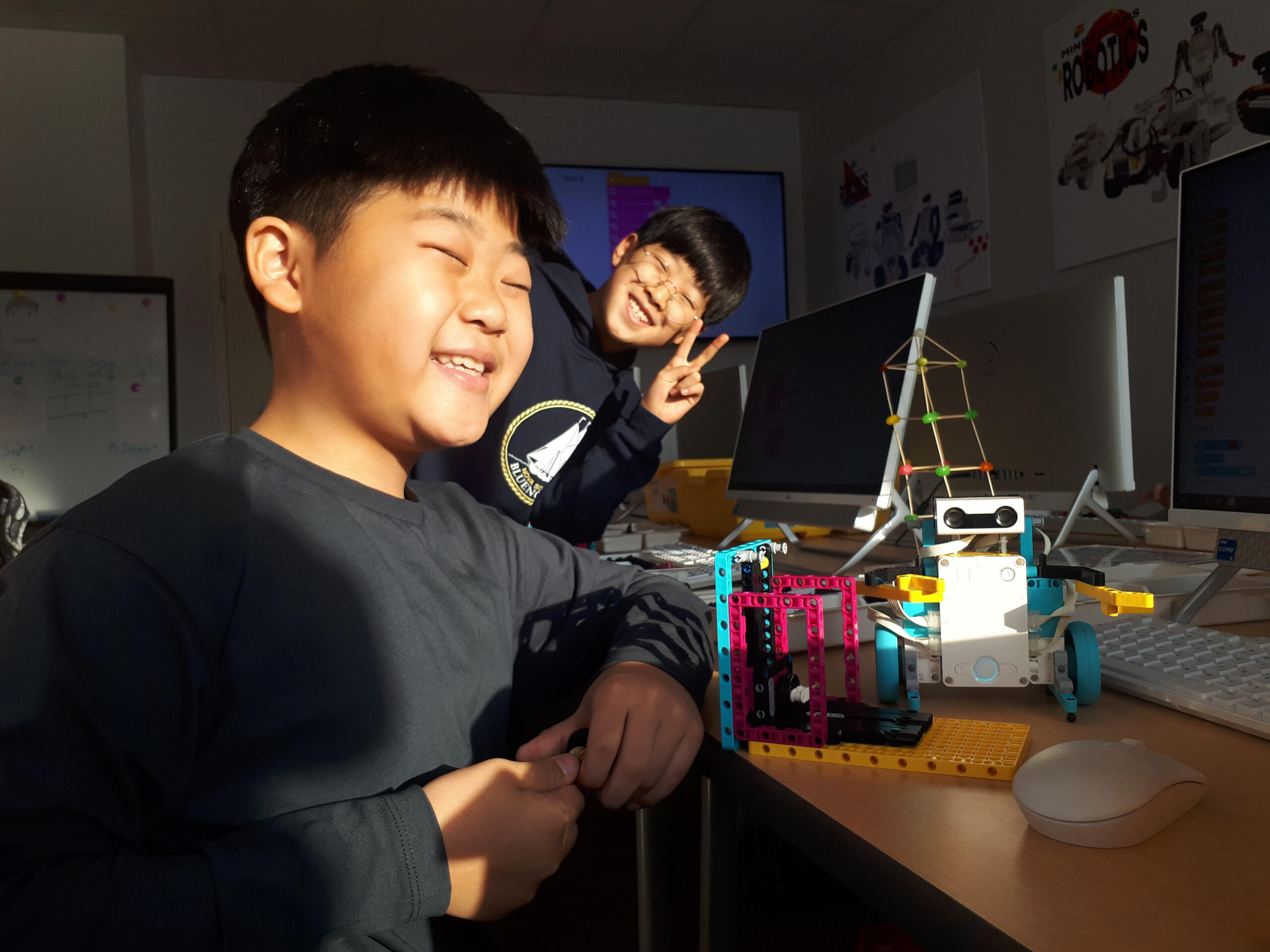
What we study:
Students get the chance to design and build their own independent robots using the LEGO Spike Prime set. They learn to bring their creations to life, experimenting with movement, sensors, and interactive features. Each class introduces new programming challenges, helping students gradually build confidence and skill while understanding how different components work together.
What we achieve:
Children explore important electronic components like color sensors, force sensors, ultrasound sensors, and gyroscopes. They learn the basics of block-based programming, understand variables, and apply coding to solve real tasks for their robots. By creating programs for specific challenges, students strengthen their problem-solving and critical thinking skills while discovering how to choose the right components for each project. This experience builds independence, creativity, and a deeper understanding of robotics and programming concepts.
A look into the class:
In each session, students assemble a unique robot assigned a specific task. For example, they might create a robot that can play a drumbeat. While they follow building instructions, they’ll need to come up with the code that produces the drumming rhythm themselves. Other tasks might involve navigating obstacles, responding to sensors, or completing simple missions. This hands-on approach encourages creativity, experimentation, and teamwork, while giving students a clear understanding of how programming and robotics work in practice.
Discovering the World with Minecraft: Education Edition
Age group: 8 – 11 years old
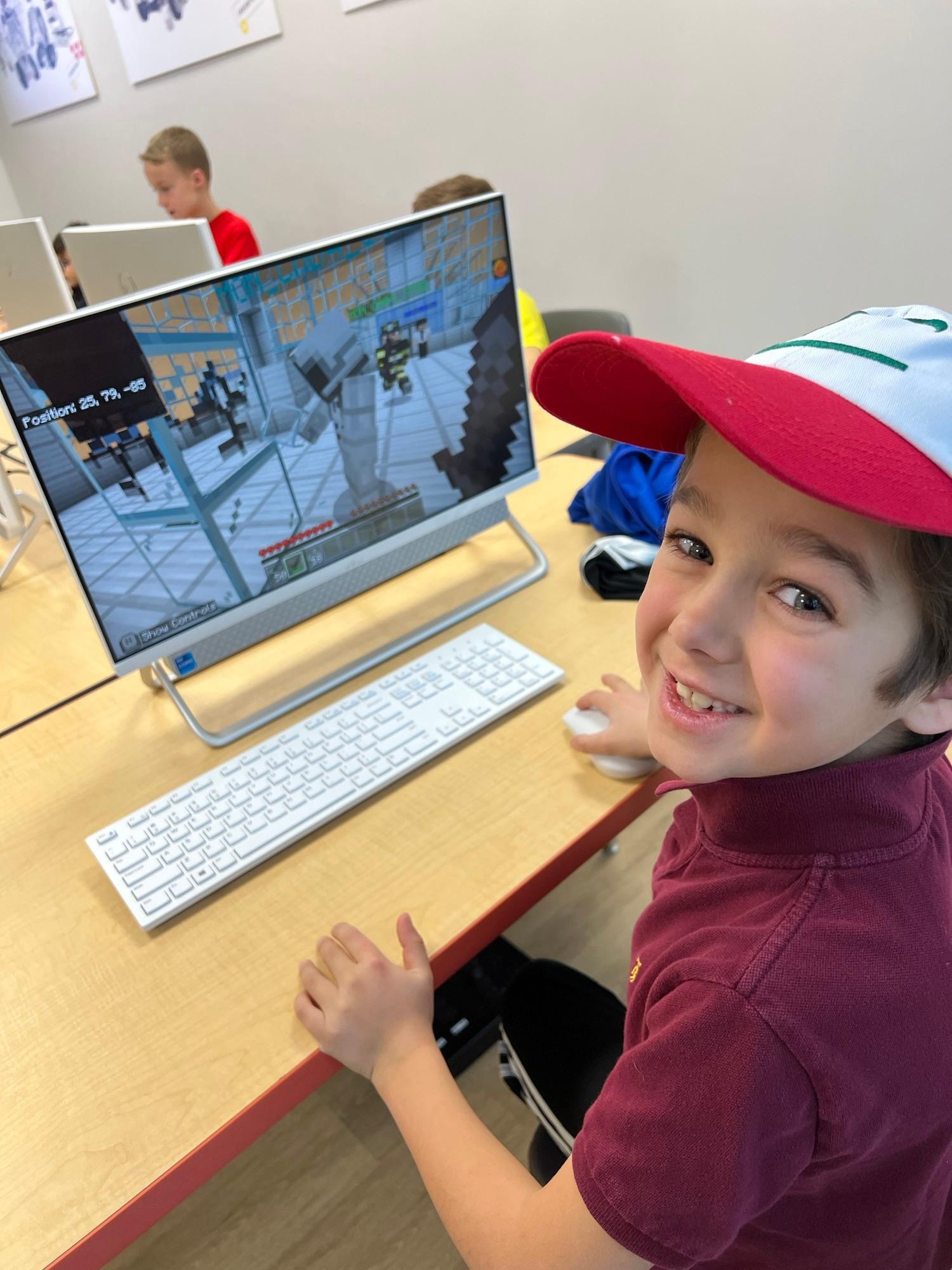
What we study:
Students use the Education Edition of Minecraft as a dynamic learning tool to explore science, geography, and the natural world. Guided by the teacher, they complete hands-on tasks inside the game that connect directly to real-world knowledge.
What we achieve:
Children develop curiosity and a deeper understanding of topics like ecosystems, space, and infrastructure. By completing challenges, they learn how the world functions while building problem-solving and research skills.
A look into the class:
Each class focuses on a new theme. For example, during a lesson on climate zones, students first learn about different plants and their medicinal uses. Then, inside Minecraft, they collect virtual herbs, label them, and document their findings—bringing theory to life in an engaging way.
Programming with Minecraft: Education Edition
Age group: 8.5 – 13 years old
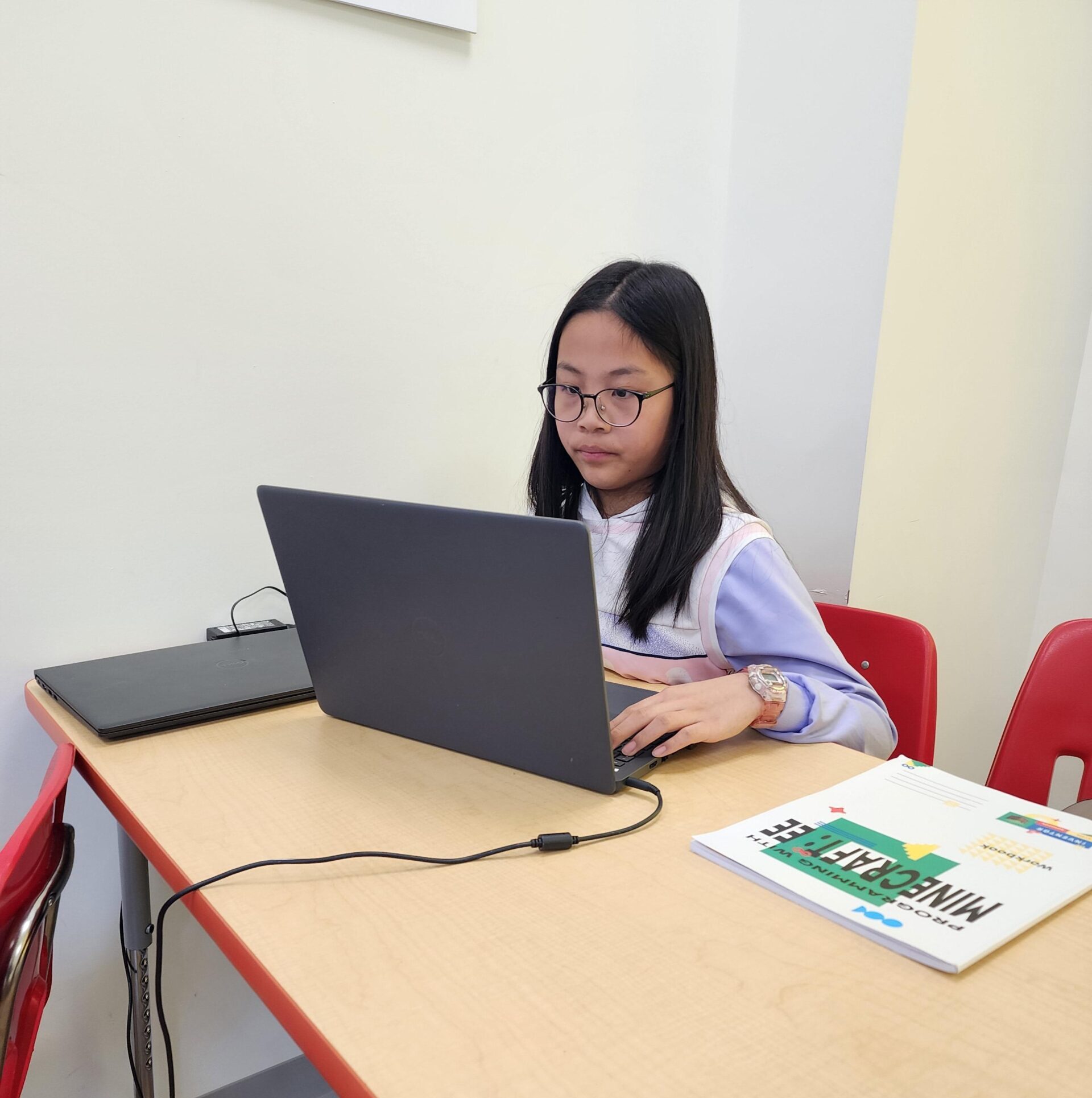
What we study:
This program is perfect for future programmers who dream of creating their own games. Using a Python-based programming language, students will learn to automate the virtual world of Minecraft and even design their own games inside it. Along the way, they’ll master MakeCode, a powerful environment where block programs transform into real JavaScript.
What we achieve:
Students build a strong foundation in programming by learning how to think logically and predict the outcomes of different algorithms. They’ll practice using key coding concepts such as variables, loops, and algorithms, while sharpening their critical and creative problem-solving skills.
A look into the class:
Each class begins with a teacher-led presentation introducing new coding and math concepts. Students then apply what they’ve learned directly in Minecraft, watching their scripts come alive as they program characters, build automated systems, and create interactive challenges in the game world.
Architecture
Age group: 9 – 14 years old
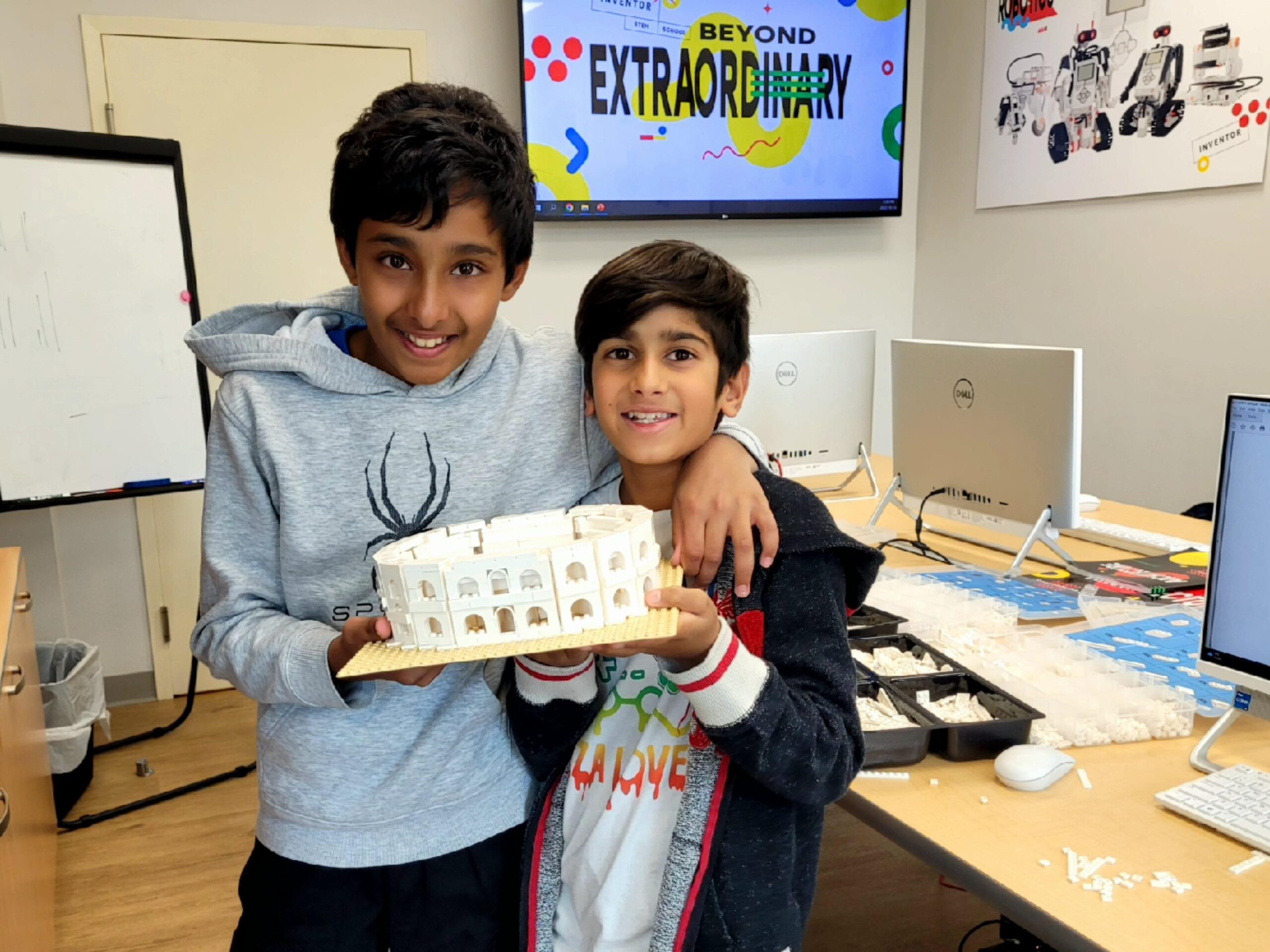
What we study:
In this hands-on course, students are introduced to the world of architecture through building with LEGO®. Guided by an architect, they learn about iconic landmarks from around the world and explore how structures are designed, balanced, and supported. Each week, students “travel” to a new destination and discover the architectural history and features of famous buildings.
What we achieve:
As students progress, their projects become more detailed and complex, using many LEGO® pieces to replicate world-renowned structures. Through this process, they develop design awareness, problem-solving, and fine motor skills. Teamwork and communication are strengthened as students work in pairs to complete their architectural challenges.
A look into the class:
Classes start with a short presentation on the featured landmark and its architectural style. Students then follow step-by-step instructions in pairs to build their LEGO® model, discussing key facts about the building along the way and engaging in guided conversations with the teacher. They explore different design elements, historical eras, and construction techniques, and at the end of each session, students proudly review and analyze their completed model.
